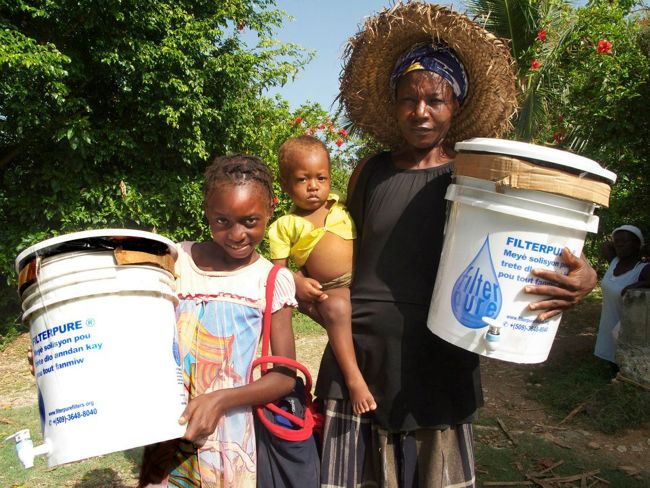Innovate or die. This has turned into a mantra for today’s globalized food scene to the chagrin of those that would rather see traditions survive and thrive. Food manufacturers constantly introduce novelties and then spend huge amounts of money convincing consumers to embrace them. Chefs embrace new technologies and approaches to make a name for themselves. Many consider ongoing change as fundamental for economic success, but what happens when, for various and relevant reasons, innovation is hard to envision, let alone implement? And what if innovation needs to overcome deeply rooted social and economic divides? The food sector in the Dominican Republic provides a good example of these kinds of predicaments.
Lisa and Michael Ballantine, as relative newcomers to the island, have experienced the difficulties involved in carrying out projects that somehow clash with the status quo. Their latest project is a well-designed and quite upscale restaurant, Aroma de la Montaña (The Scent of the Mountain), located in the town of Jarabacoa, in a hillside development poetically called Jamaca de Dios (God’s Hammock). The Ballantines are dedicated to satisfying their local, mostly upscale and quite discerning clientele, and to do so they have relied on importing organic beef from the United States — despite the many cattle ranches that dot the island.
This is not unusual in the Dominican Republic, as upscale establishments — in particular those located in tourist resorts — often purchase their ingredients from faraway places, often considered superior in quality and prestige. However, the couple is now trying to switch to a local organic cattle farm and to implement a farm-to-table approach. In fact, part of the produce is actually grown on the property and the Ballantines are planning to expand their vegetable cultivations both in terms of quantity and diversity of crops. Moreover, by buying organic coffee, chocolate and vegetables from local farmers, they also hope to contribute to the improvement of the overall sector.
What struck me when I visited the restaurant is how difficult it can be to introduce innovation, which in this case corresponds to highlighting the culinary potential of the surrounding area. Despite the Ballantines’ best intentions, few entries on the menu are inspired by local traditions, as well-heeled patrons are not particularly open to dishes that remind them of the daily fare consumed by the majority of the population. Class stratification is clear and hard to avoid if entrepreneurs aim to build viable businesses.
The desire to maintain social distinction impacts the simplest of innovations, such as the diffusion of water filters, as the Ballantines have experienced firsthand. After moving to the Dominican Republic as missionaries in 2000, they soon figured out that the church might not have been their primary call. In 2003, they invested all they had to buy land on the slopes above Jarabacoa to establish a vacation house community. At the same time, they worked to find viable solutions to the urgent problem of drinkable water, which impacts, above all, the poorer segments of the populations.
To that purpose, in 2006 Lisa established a company called FilterPure to develop affordable and practical filters that could easily be installed and used all over the island. After a few attempts, the company designed a simple ceramic filter that adopts a technology based on the chemical properties of silver and coal to purify water. Each filter costs $35 and, placed in a plastic bucket with a faucet, lasts five years. The price is still quite prohibitive for many families, so NGOs stepped in, buying thousands of units (so far around 50,000) not only for the Dominican Republic, but also for nearby Haiti.
Yet, when FilterPure tried to sell the filters to more affluent Dominicans, the product was not successful because it had already been identified as a “poor people’s filter.” The Ballatines then partnered with local artists to create filter containers that homeowners could proudly boast of as beautiful and costly pieces of art. The School of Design of Altos de Chavon, near La Romana on the southern coast, organized an exhibition of these creations in its art gallery. Purchasers of the top-of-the-line models would automatically finance the delivery of a simple, plastic bucket model to a needy community. Buy one, give one, in other words. The initiative is brand new, and so far few pieces have been sold, but the company hopes that the trendsetters who bought first will entice others to follow their example. The potential is there. The question is how to implement new solutions in a cultural and social environment that — for very complex reasons — is often resistant to change.


Comments are closed.